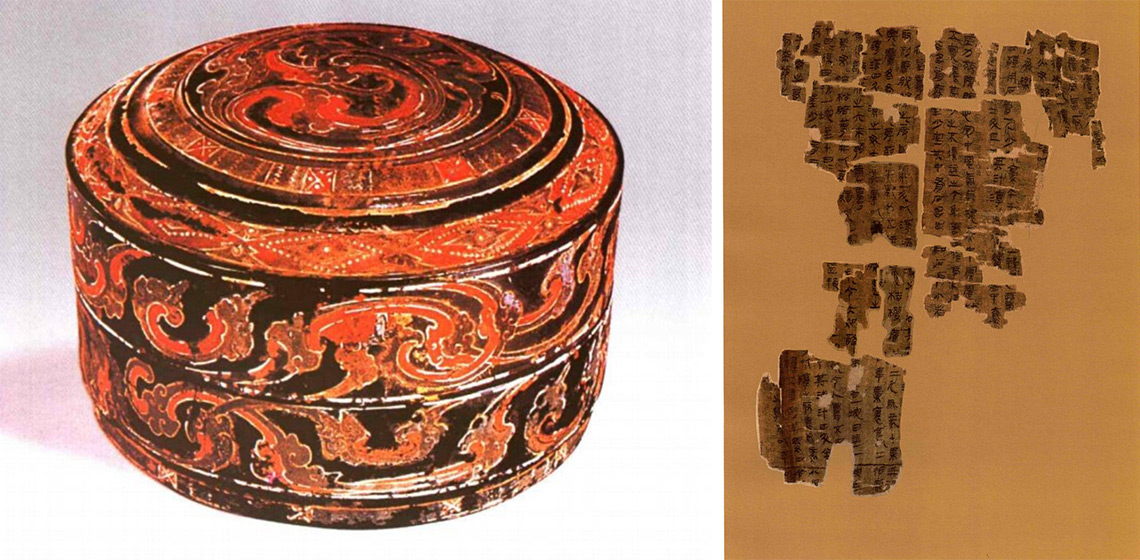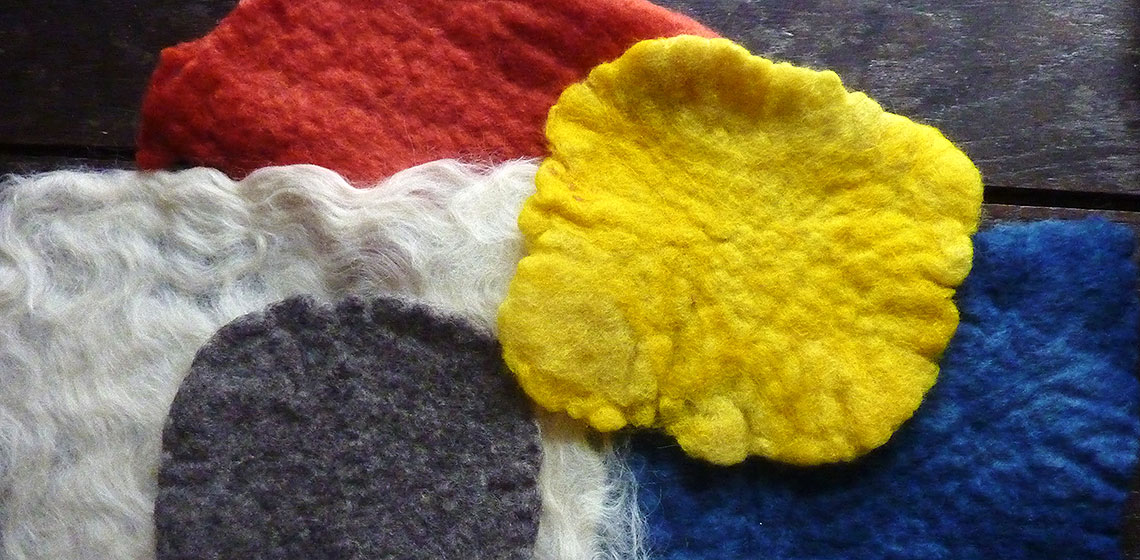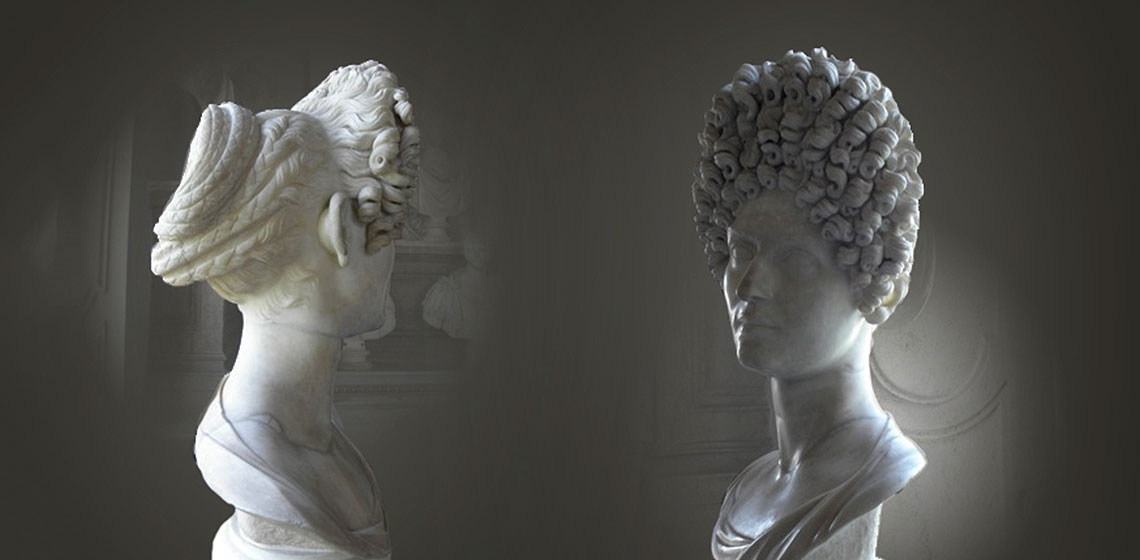hair
An Experimental Reconstruction of Hair Colours from the Jin and Tang Dynasties (265-907 AD) in China
Publication Date
Hair colours, as a daily cosmetic used in ancient Chinese life, often appear in ancient Chinese medical books, according to types, and can be classified into herbal hair colours and mineral hair colours.
Needlework the Pazyryk Way?
Publication Date
My work has been inspired by some of the most remarkable textile finds - those in the Pazyryk kurgans (burial mounds) - specifically the felt shabraks (horse blankets). The detailed, intricate designs of these items are achieved by appliquéing felt on felt (sometimes leather is used) in a manner that adds both decoration and strength (See Figure 1) and is still used among the steppe-land nomads (Barber 1991, 220).
Recreating the Fonseca Hairstyle
Publication Date
Roman women’s hairstyles of the late first century AD are notable for their voluminous frontal hair. Described by Juvenal as “tiers upon tiers” of curls (Sat. 6. 502-3), and by Martial as a “circle of hair” (Ep. 2.66.1) the development of this style is epitomized by the portrait of an anonymous woman known as the Fonseca bust...



